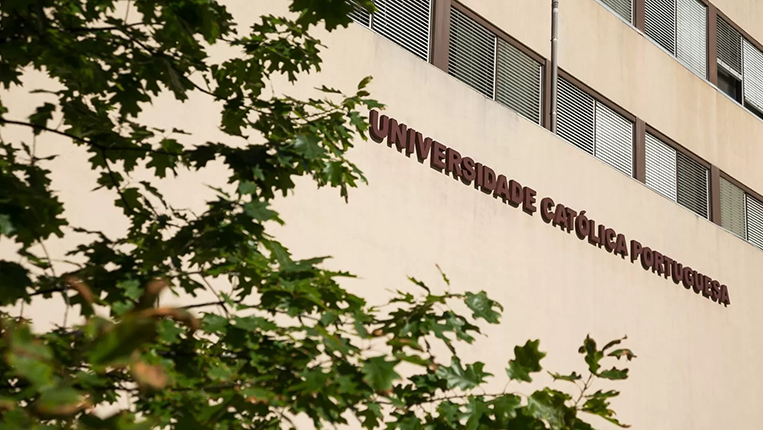The Centre for Biotechnology and Fine Chemistry of the Faculty of Biotechnology - Universidade Católica Portuguesa has been granted a European Patent under the designation "Lactobacillus alimentarius MK426 for use in preventing infections with Listeria species, compositions comprising said strain and uses thereof".
Congratulations to the inventors Paula Teixeira, Cláudia Maciel, Norton Komora, Vânia Ferreira, and Sérgio Sousa, as well as the research center CBQF – Centre for Biotechnology and Fine Chemistry, which supported the necessary Research, Development, and Innovation work. Acknowledgements are also due to the Center for Technology Valorization and Transfer, which provided guidance throughout this knowledge protection process.
This technology, developed within the scope of Cláudia Maciel's PhD, under the scientific supervision of Professor Paula Teixeira, demonstrated remarkable prophylactic potential in preventing infections, particularly listeriosis. The project involved isolating a novel bacterial strain with probiotic potential, Lactobacillus alimentarius, which biosynthesizes a bacteriocin identified by mass spectrometry as coagulin A. Invasion assays conducted on a cellular model mimicking the intestinal epithelium, using the wild-type strain (genetically characterized) and its corresponding mutant (coagulin A-negative), revealed that administering L. alimentarius effectively prevented infection by a cocktail of Listeria monocytogenes. These results highlighted the antagonistic effect of coagulin A in inhibiting L. monocytogenes host invasion, confirming the bacteriocin as a key mediator in protecting against systemic infections by preventing the colonization of vital organs.
Subsequently, to ensure the bioavailability and anti-infectious potential of the bacteriocin, L. alimentarius was used as a starter culture to formulate a novel plant-based fermented product. In parallel, researchers have been exploring biomedical applications of coagulin A in its purified peptide form, namely its therapeutic potential as a promising alternative to conventional antibiotics, as well as its use in “cell sorting” techniques for infection diagnostics systems.




